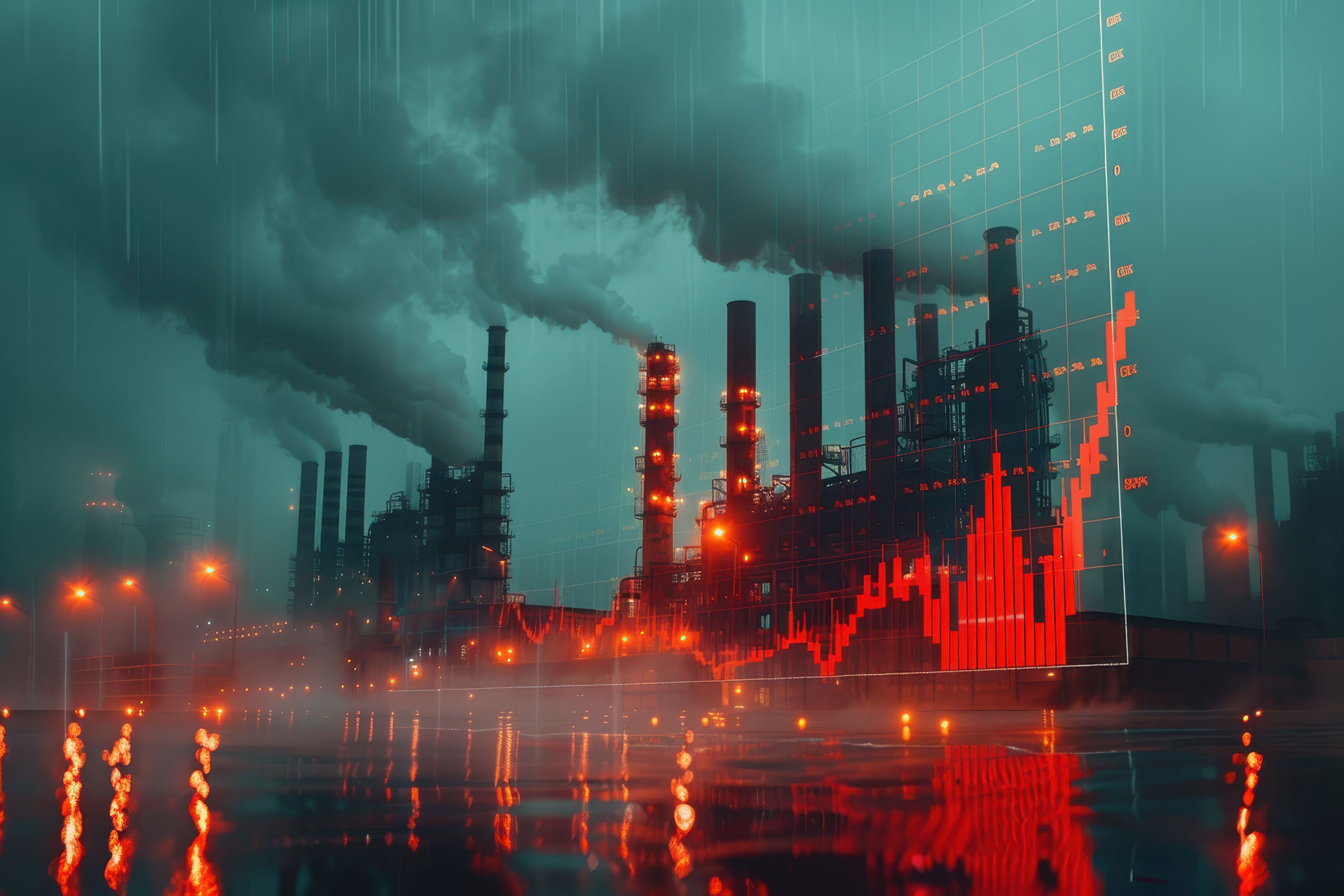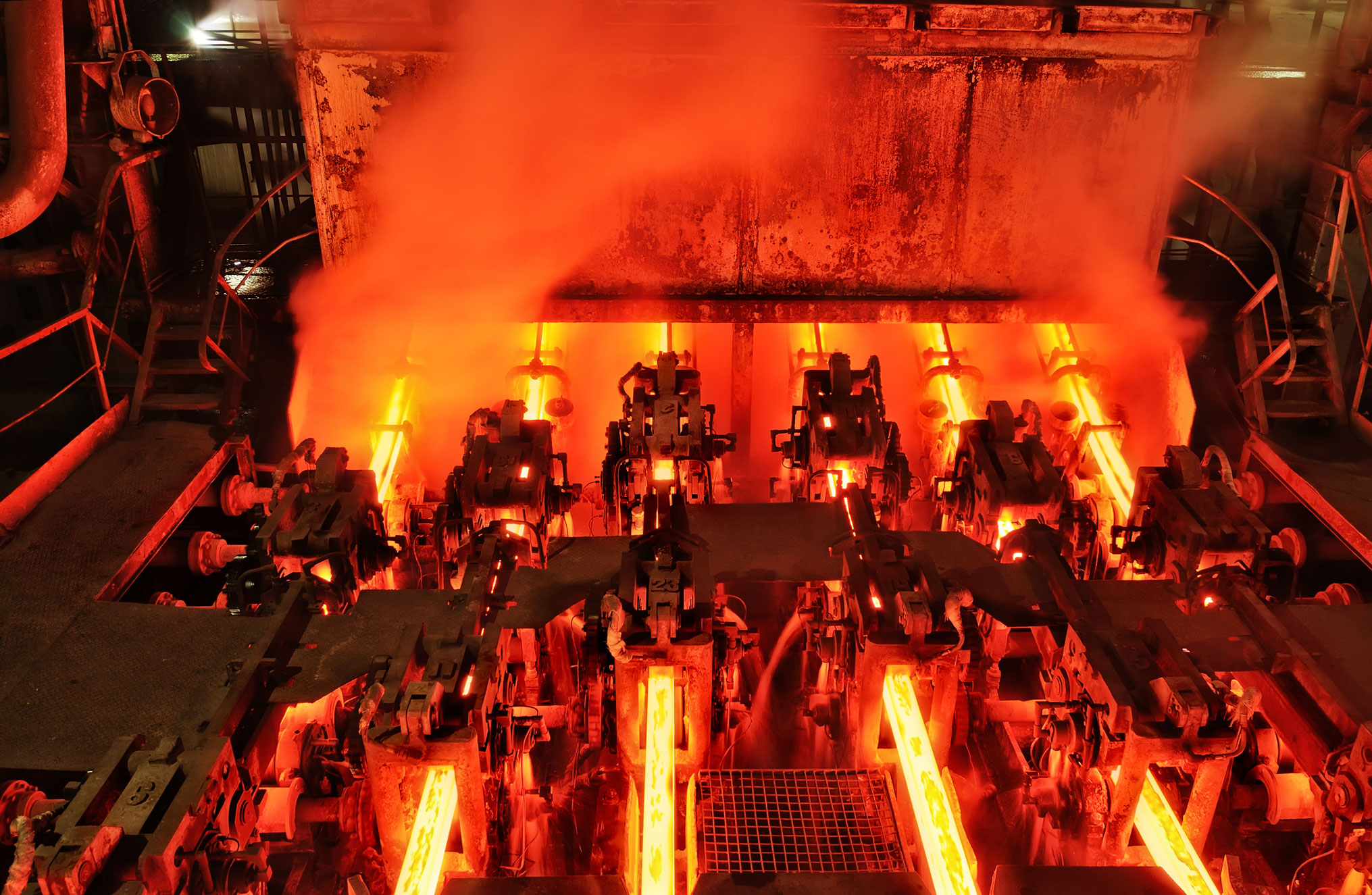Introduction
The global steel industry has long been a cornerstone of economic development and infrastructure. However, it is also one of the largest contributors to greenhouse gas emissions, accounting for roughly 7-9% of global CO2 emissions. With growing environmental concerns and the urgent need for decarbonization, a new revolution is emerging in the industry: Green Steel. This innovative approach promises to reshape the steel sector, paving the way for a more sustainable and environmentally friendly future.
In this blog, we explore the concept of green steel, its production methods, advantages, challenges, and why it is poised to become a game-changer in the industrial landscape.
What Is Green Steel?
Green steel refers to steel produced with significantly reduced carbon emissions compared to traditional steelmaking processes. The main goal of green steel is to eliminate or drastically reduce the reliance on fossil fuels, such as coal, in the production process. Instead, it focuses on adopting clean energy sources and innovative technologies.
How Is Green Steel Produced?
The production of green steel involves revolutionary technologies and practices, including:
1. Hydrogen-Based Steelmaking
Hydrogen as a Replacement for Coal: In traditional blast furnaces, coal acts as both a fuel and a reducing agent. Green steel production replaces coal with hydrogen, which reacts with iron ore to produce steel and water as a byproduct instead of CO2.
Electrolysis and Green Hydrogen: Hydrogen used in this process is produced via electrolysis powered by renewable energy, ensuring a zero-emission supply chain.
2. Electric Arc Furnaces (EAF) Using Renewable Energy
Recycling Steel: Scrap steel is melted in electric arc furnaces using electricity derived from renewable sources such as wind, solar, or hydropower.
This method significantly reduces emissions and energy consumption compared to traditional methods.
3. Carbon Capture, Utilization, and Storage (CCUS)
Some steelmakers incorporate CCUS technologies to capture emissions from existing processes and repurpose or store the carbon, reducing its environmental impact.
Advantages of Green Steel
The transition to green steel offers numerous benefits, including:
1. Environmental Sustainability
A substantial reduction in CO2 emissions, helping combat climate change.
Decreased reliance on fossil fuels and improved energy efficiency.
2. Economic Opportunities
Green steel opens up new markets and investment opportunities, particularly in renewable energy and green hydrogen production.
Steelmakers adopting green practices are likely to gain a competitive edge as global demand for sustainable products grows.
3. Regulatory Compliance
Governments worldwide are introducing stricter environmental regulations. Adopting green steel can help companies meet these standards while avoiding penalties and reputational risks.
4. Enhanced Brand Reputation
Producing environmentally friendly steel strengthens a company’s image, attracting eco-conscious consumers and investors.
Challenges in Green Steel Production
While promising, the widespread adoption of green steel faces several challenges:
1. High Initial Costs
Transitioning to green steel technologies, such as hydrogen-based production, requires significant capital investment.
2. Energy Demand
Green steel production relies heavily on renewable energy, and scaling up renewable energy infrastructure to meet this demand is a major challenge.
3. Supply Chain Complexity
The availability of green hydrogen and other raw materials for green steel production is limited and requires further development.
4. Market Acceptance
The higher costs of green steel may hinder its adoption in price-sensitive markets, requiring incentives or subsidies to bridge the gap.
The Future of Green Steel
Despite the challenges, green steel represents the future of the industry. Major steel producers, governments, and environmental organizations are investing heavily in its development. Key
trends include:
1. Global Commitments to Net-Zero
Countries and corporations are setting ambitious net-zero targets, which will accelerate the adoption of green steel technologies.
2. Collaborative Innovation
Partnerships between steelmakers, renewable energy providers, and technology firms are fostering innovation and cost reductions in green steel production.
3. Consumer Demand
Growing awareness among consumers and businesses about sustainability is driving demand for greener materials, including steel.
Conclusion
Green steel is not just a technological advancement; it is a necessity in the fight against climate change and the transition to a sustainable future. While challenges remain, the potential benefits far outweigh the obstacles. Steelmakers, governments, and industries must collaborate to scale up green steel production and make it the standard across the globe.
At Rosha Steel, we are committed to leading the charge toward a greener future by exploring and adopting sustainable steel production methods. Together, we can build a stronger and cleaner world.
If you’re interested in learning more about green steel or partnering with us to support sustainable practices, feel free to reach out or share your thoughts below.



